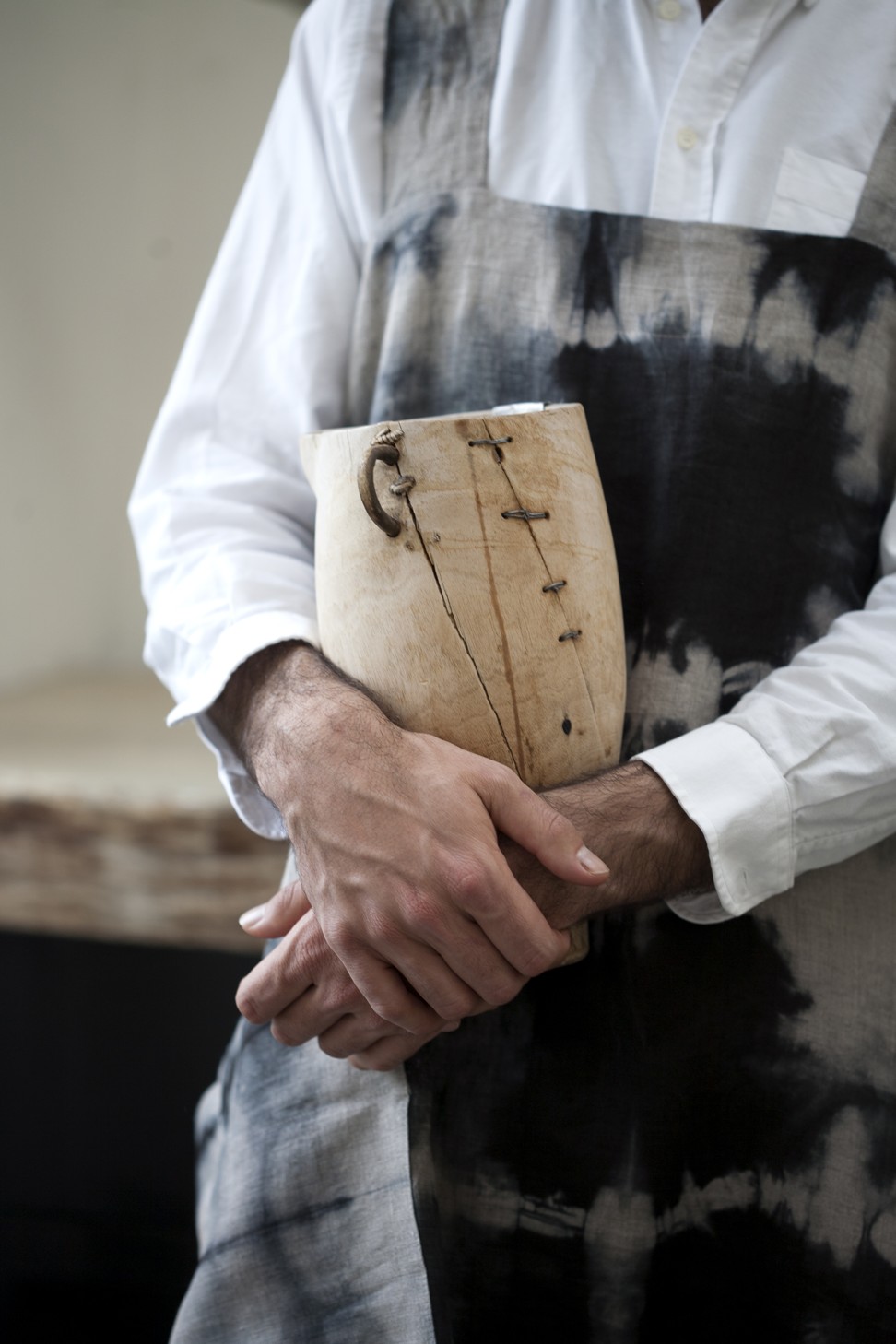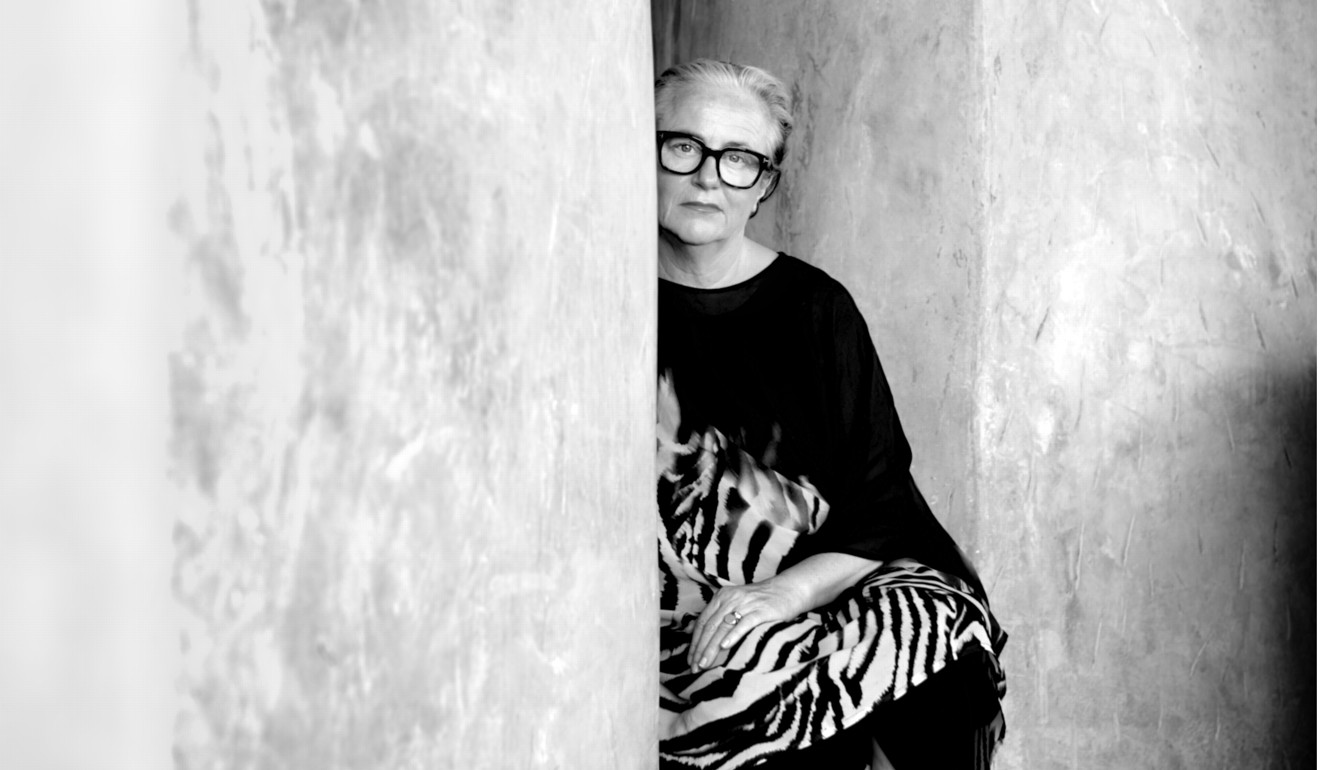
Why brown is the new black, and Chinese will lose interest in fashion: trend forecaster Li Edelkoort
- Edelkoort, who teaches at Parsons School of Design, talks about why fashion is losing customers and what fashion schools get wrong
- She expects China to become a fashion leader, predicts ‘everything that’s black now will turn brown’, and admires Africans’ sense of style
When Li Edelkoort published her now-famous Anti Fashion Manifesto in 2015, she ruffled quite a few feathers in the fashion industry, but as the world’s leading trend forecaster, Edelkoort is used to telling it like it is.
She is, in fact, paid for it, whether as a consultant for carmakers such as Nissan on the design of new models or addressing issues of sustainability with luxury CEOs from companies such as Kering.
Environmental profit and loss accounting: a tool for sustainable luxury
Dutch-born Edelkoort, who splits her time between Paris and New York, where she teaches at Parsons School of Design, was recently in Hong Kong to give a lecture at Business of Design Week.
We caught up with her to talk about hot-button issues and what the fashion industry can do to right its ways. Here are some excerpts from the conversation.

On the hard-to-define job of a trend forecaster
“A trend forecaster can’t work with data because it’s about the future, so today’s data is too late. I can only use my intuition, which is based on fragments of information here and there. It could be a film, art, music or something I see in the street. It all builds up in your archives and if you have enough fragments, at one point you can see what’s going to happen.
I call it ‘archaeology of the future’ so like an archaeologist who digs in and finds out how people lived from fragments, I can predict what’s going to happen. It’s neither science nor art; it’s observation. It helps the fashion industry create goods that are better for the consumer and avoid wastage because it makes it more efficient.”

On how she connects the dots
“A few years ago I said that all design efforts would go into sleeves, and in recent years you’ve seen all these big sleeves. Not so long ago I kept saying the word ‘gathering’ and talking about it, and then in fashion you started seeing lots of gathering, smocking, pleating, frilling.
“I loved that the word gathering referred to the garment technique of gathering, but also to the gathering of people, so I connected that and then I thought that the idea of gathering in fashion translated into pin tucking, embroidery, stitching so I made these links.”
On why she wrote the Anti Fashion Manifesto
“I had to write a manifesto because I could not continue doing my job without writing it. I felt compelled to write this myself because I love fashion so to write that fashion was failing wasn’t easy for me.

“I tried to analyse in 10 points why fashion is grinding to a halt; why nothing is interesting; why young people don’t buy anything any more and why shops are closing. Places like Bleecker Street in New York are empty; there’s a loss of interest in fashion and this is going to hit China soon, too, because Chinese consumers are not stupid and know what’s going on. Everybody is fed up with prices and with the same old same old.”
On the problems with fashion schools
“It starts with education. Fashion schools are still teaching students to be catwalk designers, to be unique and famous, but 99 per cent won’t become catwalk designers so it’s frustrating for them. Look at architects – they work for big companies – or filmmakers, who work with huge teams. Look at the credits at the end of a film. This catwalk designer business is old- fashioned.”
There’s a loss of interest in fashion and this is going to hit China soon, too, because Chinese consumers are not stupid
On the luxury world’s obsession with China
“I think it’s condescending the way the West sees China just as a big market. This attitude of being condescending to emerging countries is going to end because consumers in China and other countries are not easily duped. This is going to be good for local brands and designers, so I believe that there will be an emancipation of Chinese fashion.
“There’s a growing understanding of fashion like we’ve seen in Korea and Japan and I think that China will also become a source of advanced and avant-garde fashion.”
On the rising economies of the future
“It’s not just China; the other markets of the future are India and Indonesia, but you have to wait till the African economy develops and then you’ll also see Africa. They love dressing up more than anybody else. They dress and groom like nobody else and even when they wear the leftover clothes we send them, they look better than us. Yes, China is very important but it’s not the only one, especially in the future.”


On sustainable fashion
“We’re guilty because we buy too many clothes. The idea that you can’t wear the same dress twice to a party is ridiculous. The Queen of the Netherlands always wears the same clothes because she wants to show people that it’s OK. A beautiful garment deserves to be shown many times, but with fast fashion and this idea of the new, which is actually not so new, the real culture of fashion is gone.
We need to change the pace and make less and dress better. It needs to happen and we need to have minimum prices, so you’re not allowed to sell things for £2, because those prices are thanks to slavery and people dying.
Dior CEO talks creative disruption, learning from China, and authenticity
“I would like to see a general rethinking of what clothes are and what they mean to us and how you can give them a second life, so recycling, sharing, lending are important. There are many new ideas now. You don’t even have to buy nowadays and can still wear new stuff every day. We need to get more educated and people need to learn to mend clothes. It has to be about education and a whole set of new ideas.”
On what to expect this year and beyond
“I can predict that everything will be brown, so imagine that everything will be brown, everything that’s black now will turn brown, from accessories from brands like Prada to jackets. This is for 2019-2020 because the industry for yarns and textiles works very much in advance, so it takes at least two years for this to happen and then it will take another five years for everybody to embrace brown, for instance.”

